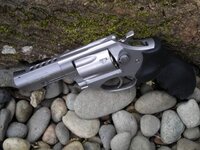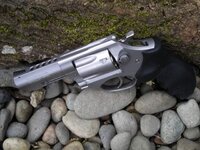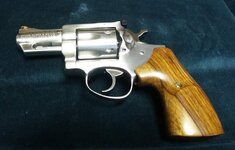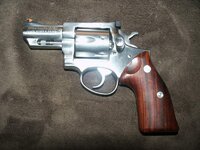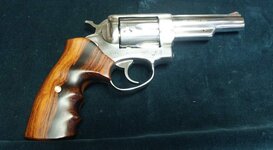- Messages
- 189
- Reactions
- 97
I have the chance to purchase a used security six in stainless steel. Just want to get an idea of what a fair price is. Prices on the web seem to vary greatly for similar guns.
It is approximately 80-85% condition. Not sure of production year (have to wait for his GF to get home to get the serial number), and does not come with original grips or box.
I did get to fire it about 8 months ago and it seems like a solid piece.
Any help or info would be greatly appreciated.
B
It is approximately 80-85% condition. Not sure of production year (have to wait for his GF to get home to get the serial number), and does not come with original grips or box.
I did get to fire it about 8 months ago and it seems like a solid piece.
Any help or info would be greatly appreciated.
B






